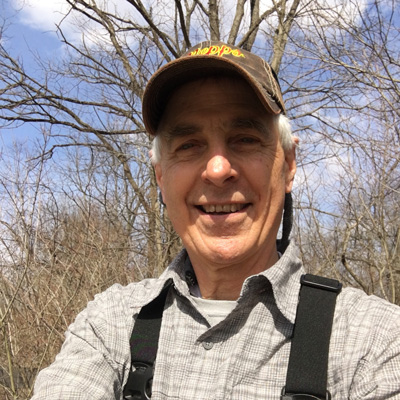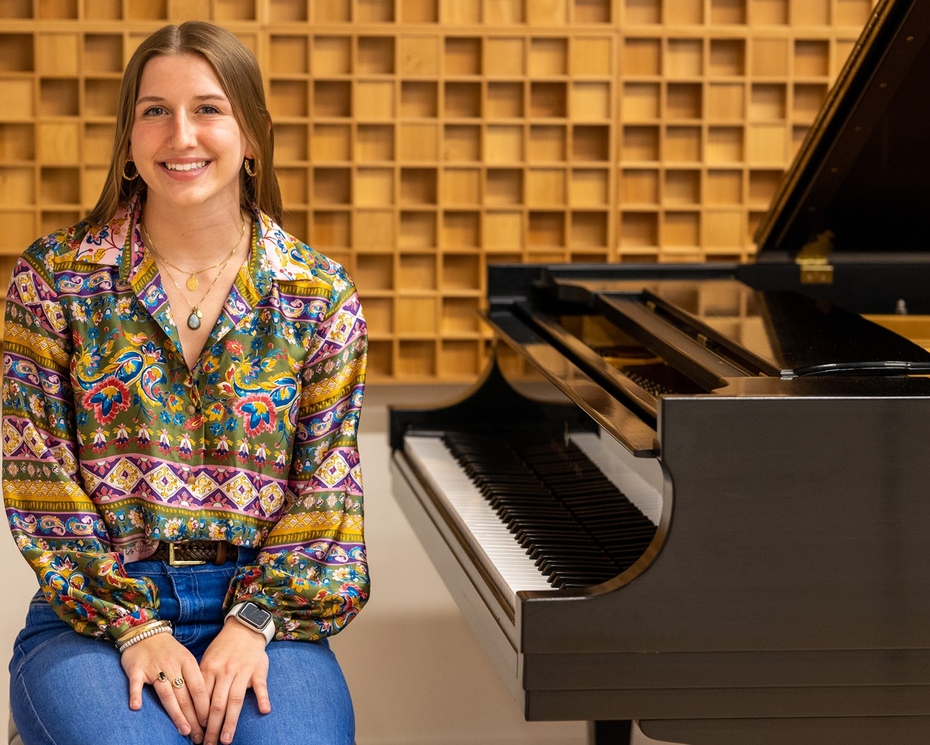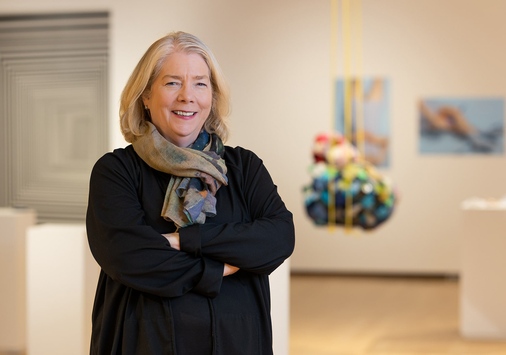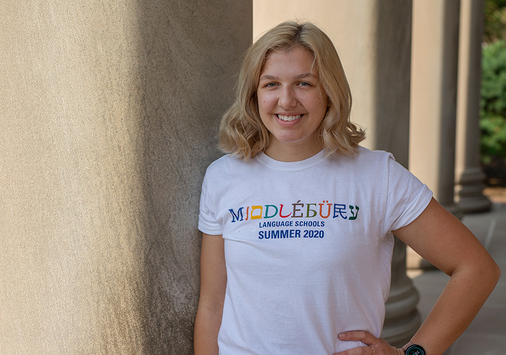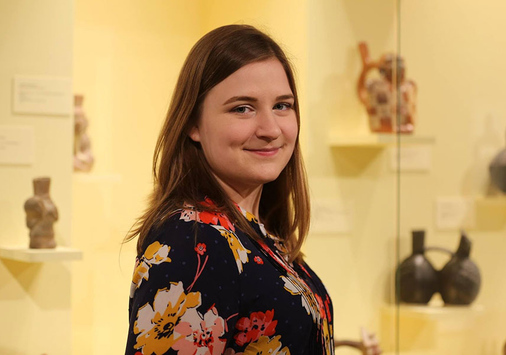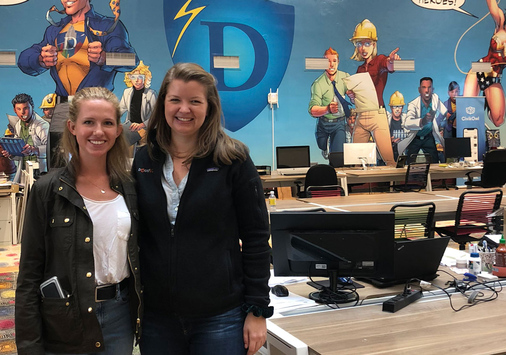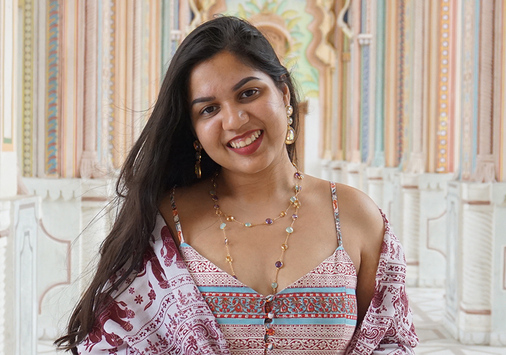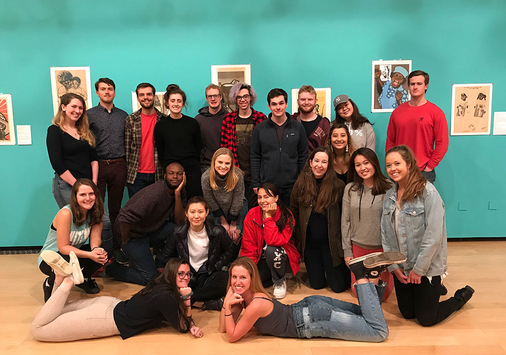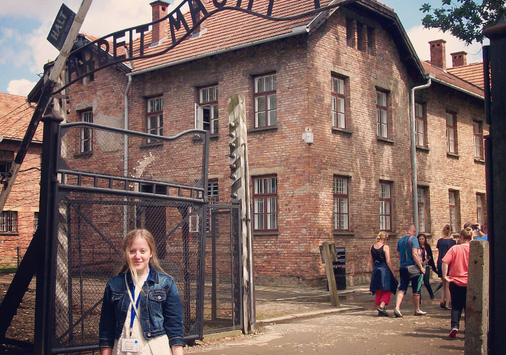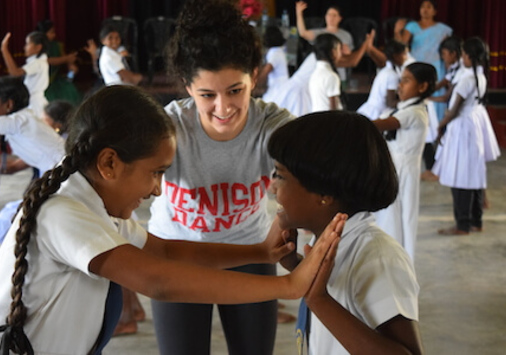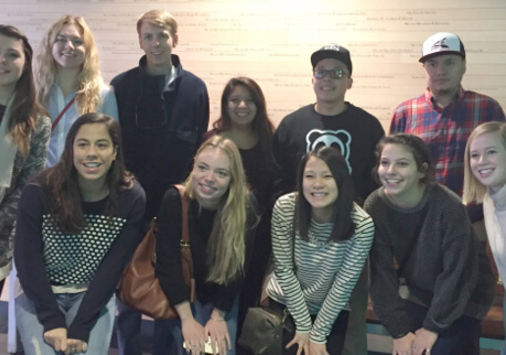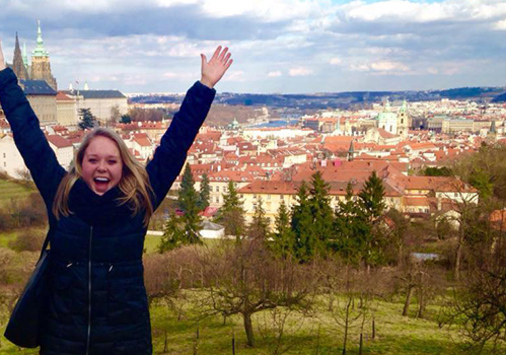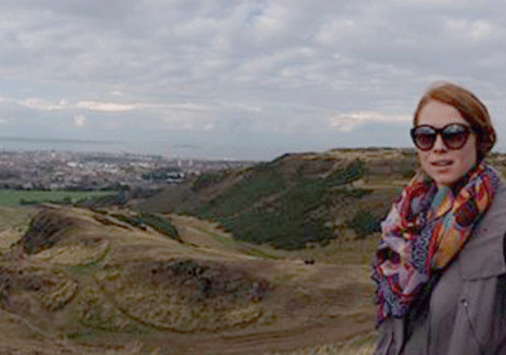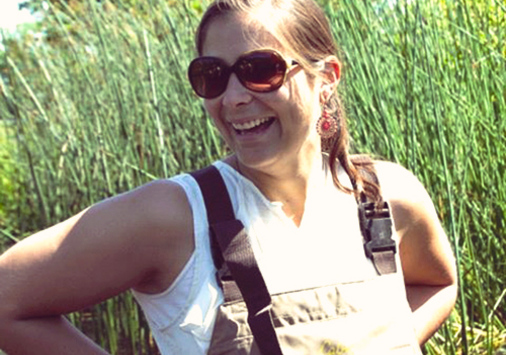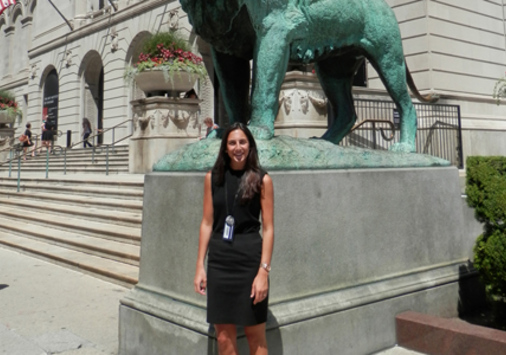Karl Sandin, the chair of the Department of Art History and Visual Culture, has spent his life exploring his scholarly interests, taking leaps of faith as he furthered his career and interaction in the world. With a history as a construction worker, art history professor, and more, he continues to explore his interests.
Q&A:
What portion of art history and visual culture do you generally explore/specialize in? How did you choose this specialty?
My engagement in grappling with the role of visual, spatial, and material in social process really began as an undergraduate studying philosophy and taking courses in art history. Over the years, built form became my focus, but always as an agent in the micro- and macro- politics and everyday practices of a given period and place, historically.
My own agency and work in a community of practice is as a teacher and mentor. I began teaching in grad school and discovered a unique feedback between my reading, research, conversations with students and other faculty, and the classroom. Never looked back.
Is there a specific motivation that caused you to begin working in this field/ with this medium?
Honestly, I’ve had tons of other jobs, working in construction since 8th grade, and trying college textbook publishing in New York in the early 80s. I stunk at all that. I still consider myself very much a work in progress as a teacher-mentor-scholar.
Is there anything that has been important to your exploration in the arts?
Yes. One is understanding. The moment I read Roland Barth’s Mythologies in 1973-74, I understood that visual articulations are infinitely complex, and that the quieter and less salient the political and social projections and imperatives the more powerful they become.
Naturalization and mythologization in Barthes’ text, for me, pulled the rug out from under Panofsky’s ‘find the hidden meaning’ of ‘iconography’ (essentialist and reductive). Mythologies did the same for traditional art history’s sequestration of ‘style’ (as an also-reductive, essentialist ‘reflection’ of skill transmission through the medieval-early modern workshop system) from the politics and social contestation of everyday lived experience. Today we call the alt-art history that ditched Panofsky et al and grew out of the decolonial, feminist, neo-Marxist human geographic flows of the 60s and 70s and 80s visual culture.
And the second: the moment I had that realization, that what I’d just learned about approaches and conceptualizations of ‘style’ and ‘iconography’ in my first art history classes, and loved so much, was bullshit. Worse, the result of lazy thinking.
Getting comfortable with the (frequent, recurrent) realization that ‘everything I know is wrong’ is crucial for a scholar. Human lived experience is way too complex for any of us to get too comfortable with any one set of approaches. ‘Meaning’ is always already material, corporeal, ethical, and political—and but one part of embodiment and agency. I can always do better.
What is your favorite thing about your job?
Watching the expression on a student’s face when something ‘clicks.’ I love those moments — all too rare — when that happens for me. But nothing beats seeing that on a student’s face.
